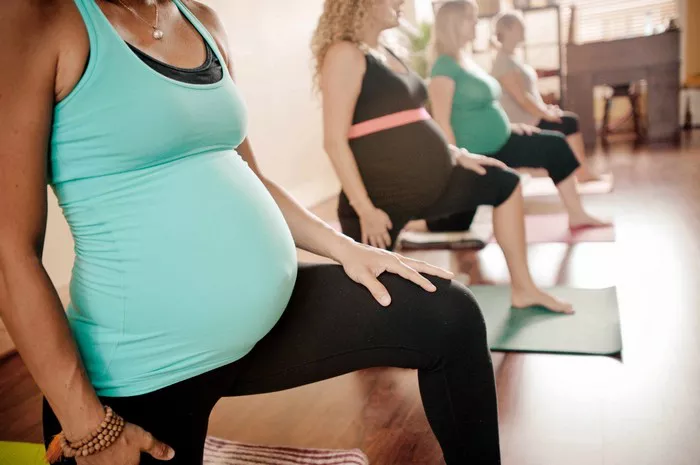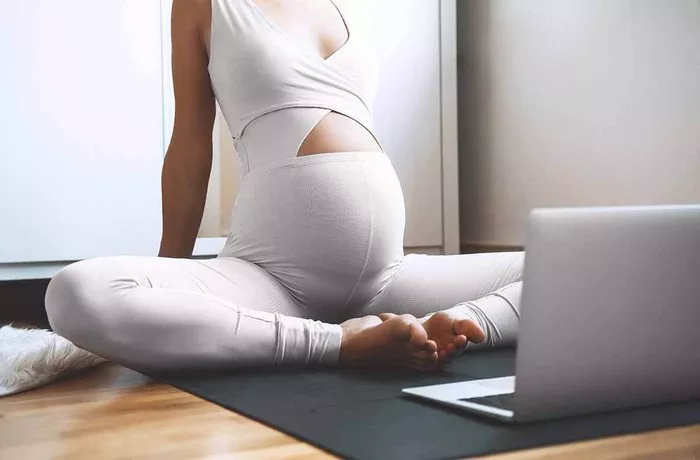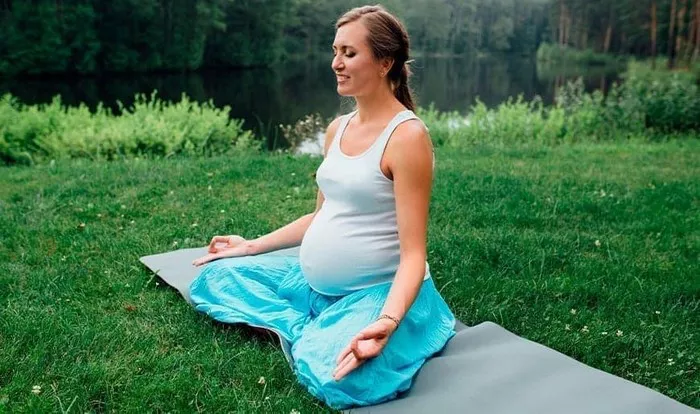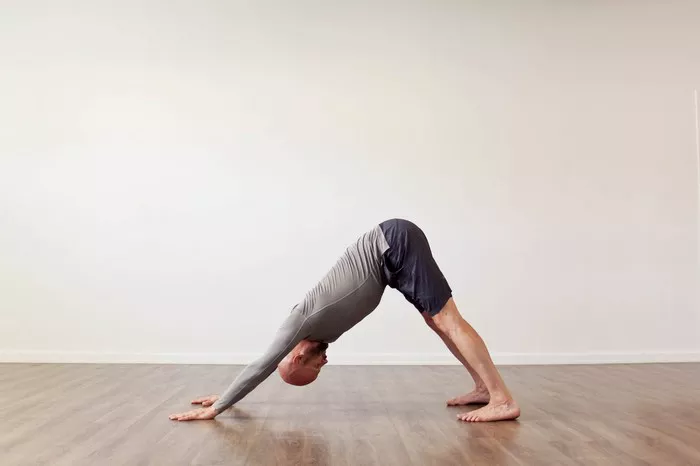Origins and Symbolism
The headstand pose, known as Sirsasana in Sanskrit, is often referred to as the “king of all asanas” due to its numerous benefits and the high level of concentration and skill it requires. Originating from the ancient practice of Hatha Yoga, headstands have been practiced for thousands of years and are deeply rooted in Indian yogic traditions. The pose symbolizes the inversion of one’s perspective, both literally and metaphorically, encouraging practitioners to see the world from a different angle and cultivate mental clarity.
Sirsasana is mentioned in classical yoga texts such as the Hatha Yoga Pradipika and the Gheranda Samhita, which emphasize its importance in balancing the body’s energy systems and stimulating the mind. The pose is often associated with the crown chakra, Sahasrara, which is believed to be the gateway to higher consciousness and spiritual enlightenment. By practicing headstands, yogis aim to enhance their spiritual awareness and connect with their inner selves on a deeper level.
Physical and Mental Benefits
Physical Benefits
The headstand pose offers a multitude of physical benefits, making it a valuable addition to any yoga practice. Key benefits include:
1. Improved Circulation: Inverting the body encourages blood flow to the brain, which can enhance cognitive function and clarity. It also aids in the delivery of oxygen and nutrients throughout the body.
2. Strengthened Core and Upper Body: Maintaining the headstand requires significant strength in the shoulders, arms, and core muscles. Regular practice helps tone these areas and improves overall body stability.
3. Enhanced Digestion: The inversion can stimulate the digestive organs and improve the efficiency of the digestive system. It can also help alleviate common issues such as constipation.
4. Lymphatic Drainage: The pose aids in the drainage of lymphatic fluid, which helps remove toxins from the body and boost the immune system.
5. Spinal Health: Headstands can decompress the spine, reducing the risk of spinal injuries and relieving tension in the vertebral column.
Mental Benefits
In addition to its physical advantages, Sirsasana is renowned for its mental and emotional benefits:
1. Stress Relief: The pose encourages deep, mindful breathing, which can calm the nervous system and reduce stress and anxiety.
2. Increased Focus and Concentration: Balancing in a headstand requires intense focus, which can improve concentration and mental discipline over time.
3. Mood Enhancement: Inversions are known to stimulate the release of endorphins, the body’s natural mood lifters, which can help combat depression and improve overall mood.
4. Enhanced Body Awareness: Practicing headstands increases proprioception, or the awareness of the body’s position in space, leading to better coordination and balance in daily activities.
Variations and Modifications
The headstand pose can be modified to suit different skill levels and physical capabilities. Here are some popular variations and modifications:
1. Supported Headstand (Salamba Sirsasana): This is the traditional version of the headstand where the forearms and hands provide support. It’s ideal for beginners as it offers greater stability.
2. Tripod Headstand (Sirsasana II): In this variation, the hands are placed on the floor and the head is balanced on the crown, forming a tripod base. This version requires more upper body strength and balance.
3. Half Headstand: Beginners can practice a modified version by only lifting the legs halfway, keeping the knees bent. This helps build strength and confidence without the full weight on the head and neck.
4. Wall-Assisted Headstand: Practicing against a wall can provide additional support and stability, making it easier for beginners to learn the mechanics of the pose.
5. Bound Headstand (Baddha Hasta Sirsasana): Advanced practitioners can interlace their fingers behind the head, adding a challenge to their balance and requiring greater strength.
Step-by-Step Instructions
1. Preparation: Begin in a kneeling position on the mat. Interlace your fingers and place your forearms on the ground, forming a triangle with your elbows. Ensure that your elbows are shoulder-width apart.
2. Head Placement: Place the crown of your head on the mat, cradled by your interlaced fingers. The back of your head should be pressed gently into your hands.
3. Lift the Knees: Tuck your toes under and lift your knees off the mat, straightening your legs. Walk your feet closer to your head, raising your hips towards the ceiling.
4. Engage the Core: Engage your core muscles and slowly lift your feet off the ground, bringing your knees towards your chest. Keep the legs bent initially for better control.
5. Straighten the Legs: Once you feel stable, gradually straighten your legs towards the ceiling. Press through your forearms and engage your shoulders to keep the weight off your head and neck.
6. Hold the Pose: Hold the pose for 10-15 seconds initially, gradually increasing the duration as your strength and balance improve. Focus on your breath, maintaining slow and steady inhalations and exhalations.
7. Descending: To come out of the pose, slowly bend your knees and lower your feet back to the ground. Rest in Child’s Pose (Balasana) for a few breaths to allow your body to readjust.
Precautions and Contraindications
While headstands offer numerous benefits, they also come with certain risks. It’s important to approach this pose with caution and be aware of the following precautions and contraindications:
1. Neck and Spine Issues: Individuals with neck, spine, or shoulder injuries should avoid practicing headstands as the pressure on these areas can exacerbate the condition.
2. High Blood Pressure: Those with high blood pressure or heart conditions should consult a healthcare professional before attempting headstands, as the inversion can increase pressure in the head and upper body.
3. Glaucoma and Eye Conditions: The increased pressure in the head during a headstand can be harmful to individuals with glaucoma or other serious eye conditions.
4. Pregnancy: Pregnant women are generally advised against practicing headstands due to the risk of falls and the potential strain on the body.
5. Ear Infections and Sinus Issues: Inversions can exacerbate symptoms of ear infections and sinus issues, making them uncomfortable or potentially harmful for individuals with these conditions.
General Tips for Safe Practice
1. Warm-Up: Ensure you are properly warmed up before attempting a headstand. Incorporate poses that strengthen the core, shoulders, and upper back.
2. Use a Spotter: If you are new to headstands, practice with a qualified instructor or a spotter to ensure proper alignment and to prevent falls.
3. Listen to Your Body: Never push yourself into a headstand if you feel discomfort or pain. Progress gradually and respect your body’s limits.
Conclusion
In conclusion, the headstand pose is a powerful asana that offers a wide range of physical, mental, and spiritual benefits. By understanding its origins, practicing with mindfulness, and respecting the necessary precautions, you can safely incorporate Sirsasana into your yoga routine and reap its many rewards.






















